We tell how to choose the material, make the pattern and give instructions for sewing.
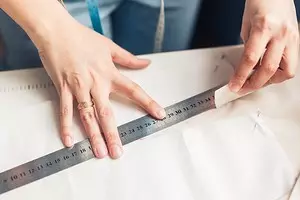

Beautiful curtains with air folds - spectacular window decoration. They can be light or dense, monophonic or patterned, in any case the room acquires a solemn view. In stores and salons you can find many models of such a porter, but you can and sew yourself. We'll figure it out how to make French curtains yourself.
How to independently sew a chart-marquis
What it isGetting ready for sewing
- Choose material
- Calculate the pattern
Instructions for sewing
What is the French curtain
The second name of the curtain - "Marquis". Perhaps they received it for magnificent fold-festers, reminiscent of the skirts of ball dresses of the court nobility. Magnificent horizontal festones cover all the cloth. These Marquis differs from the Austrian curtain, which is decorated with waves only below. The lower part can be decorated with beads, fringe.
Curtains can be equipped with a lifting mechanism similar to those that have shutters. Thanks to this, the canvas can rise and descend, changing its length. It is very convenient if you plan to open the window or if the model is sewn from dense textiles. Light transparent curtains are more often sewn static, without a lifting mechanism. They completely close the window or reach the floor. Sometimes they are combined with dense porters. They successfully look in the kitchens, as in the photo, or in the residential rooms.


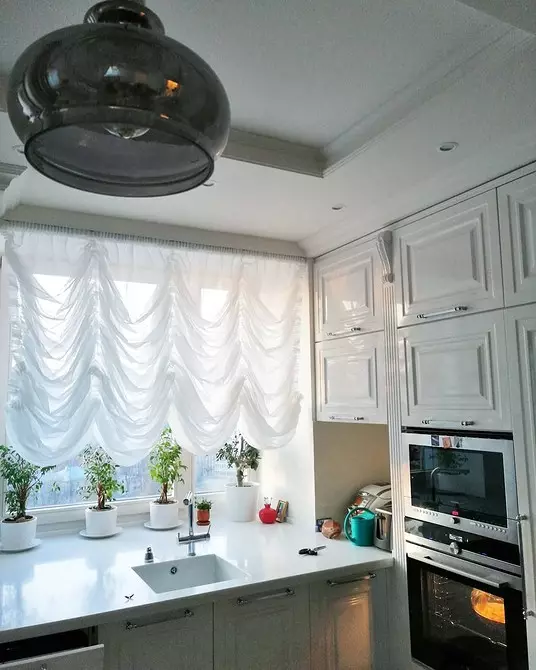
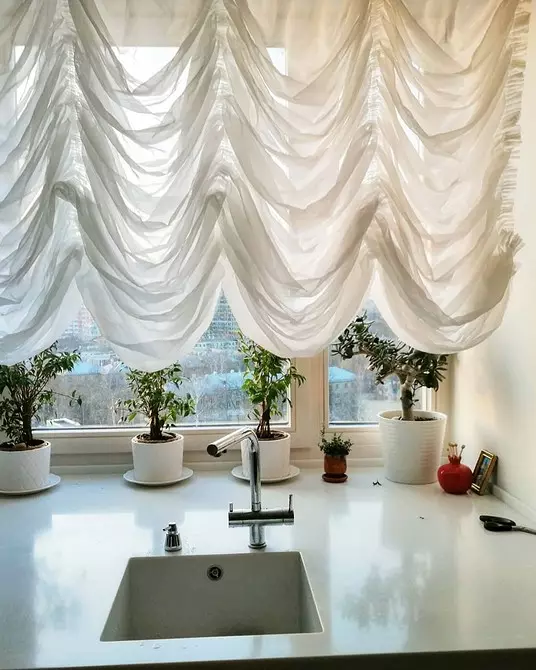
Getting ready for sewing
Options, how to sew french curtains, set. Therefore, the first thing to be done is to determine which porters are needed. Easy or dense, with a lifting mechanism or without it. Which length should be and whether it will be necessary to move them on the eaves. Finding out these moments can be processed.Choose a fabric
So that the curtains look good, they must be sewed from plastic soft textiles. This, which is well stacked in the fold, does not mind and will not be silent. Check it is very simple. In the store you need to take the fabric you like, lay the edge of the folds. If they are tough or material poorly holds the form, it is better to give up from buying. Easy to dragged textiles can be bought. Well, if the material is easy to care. This is especially important for products hanging in the kitchen or in the bathroom.
Suitable materials
- Veil. Transparent very light material from synthetic or natural threads. It is easy to dramatically, holds the volume. Monophonic canvases are often complemented by a print, pattern or embroidery.
- Velvet. Textiles with a dense pile of different heights, can be with an embossed pattern. Thanks to this, the color of the drapery is rich, with unusual overflows. Velvet is not deformed, retains the form, complicated in care.
- Silk. Tight soft textiles with a noticeable gloss. Easy drapes, keeps shape. Available in monophonic, with jacquard or printed patterns.
- Organza. Produced from natural and artificial fibers. Well keeps the form, although it can be harsh. Misses the light, it is difficult to crush. It can be smooth, stinging, brilliant and matte. It is chosen for stationary light models.
These are not all tissues from which the French curtains can be sewed. Moire, satin, thin flax, satin and much more. The main thing is that the canvas is beautifully dramatically and not revealed. In addition, the tape will be required to fix the festers. It is not necessary to save on it, otherwise the quality of the finished product will suffer. If the port is assumed to be lifted, buy a special tape with rings under the cord.

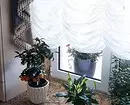

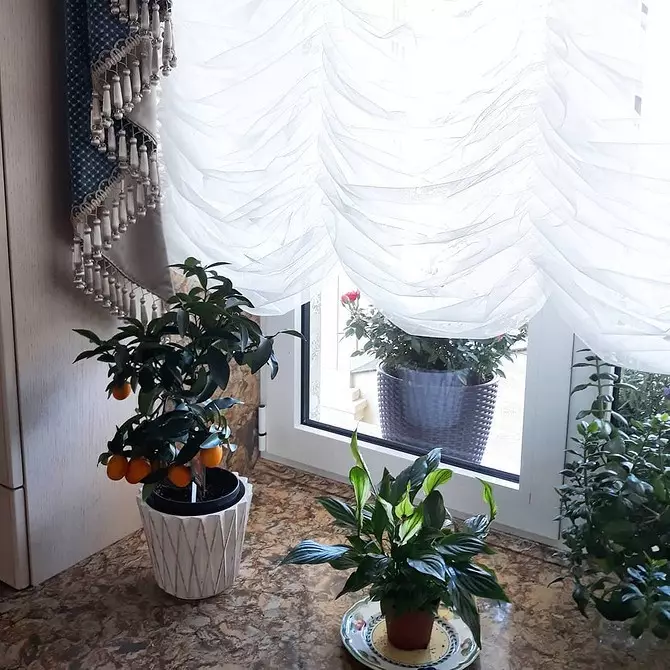
We carry out the cutting
Pattern of French curtains simple. Specially build it is not necessary, it is a regular rectangle. To determine its dimensions, it is necessary to calculate. Let's start with the width.Calculate length
So that the porters looked volumetric, it should be much larger than the length of the eaves. Calculate it like this. The desired width of the curtain is measured by the window, the resulting number is multiplied by the coefficient of 1.8. If you want the maximum volume of the product, you can increase the coefficient. We led the average value.
In addition, the intake of the fabric will be needed. Add 6 cm for another 3 cm on each side. Now you need to determine the number of bands with festons. Four - minimal number, with fewer product looks ugly. Best if there are more. It all depends on textile texture and density. The number of bands is necessary to determine the width of the block with folds. For this, the number received during calculations minus allowance is divided by the number of strips.
On narrow windows, folded blocks of 250-300 mm wide width are well, for large windows, 50-600 mm are chosen. Take into account the thickness of textiles. For thin tissues, the narrow strips are better, for dense - wide. All obtained values are recorded on a sheet, it will be built on it directly on the material.
And width
The length of the web is determined based on the textile type. For thin it should be greater, for dense less. In general, the desired height of the curtain is multiplied by two. For organza, this coefficient can be equal to three, for veil and tulle 2.5. Additionally add multiple centimeters to the latter and top processing.
You can make markup with your own hands right on the cloth. The only complexity is the insufficient material width. Then you have to connect two stripes. In this case, it is necessary to make the seam accounted for the edge of a folded strip - where the drapery tape passes. Then it will not be noticeable.
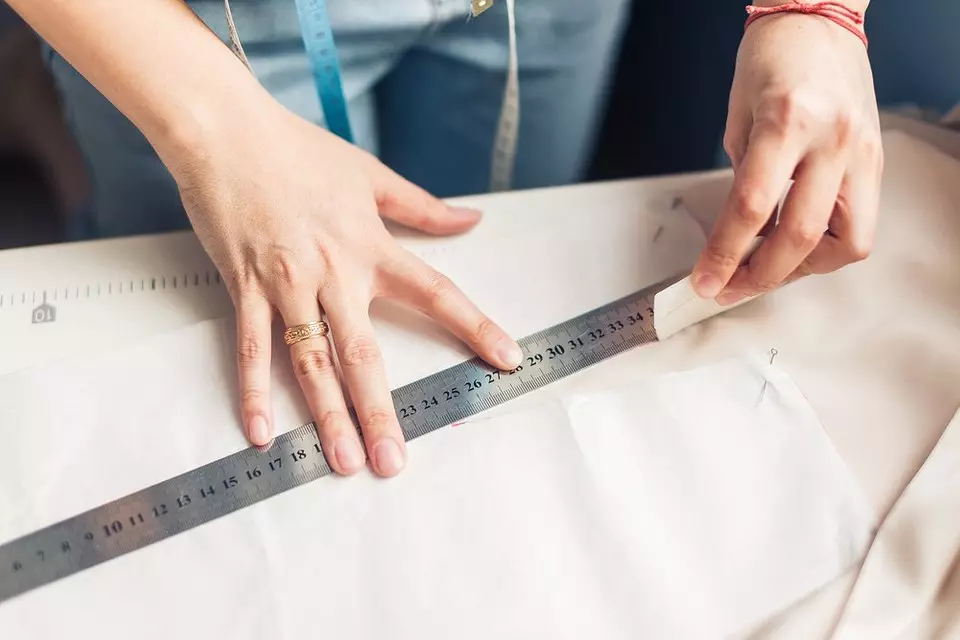
Step-by-step instructions for sewing French curtains with their own hands
For sewing, the fabric will be required, which is important to prepare for discollity. It needs to be rejuvenated so that there were no chances on the cloth. And if it is made of natural threads, it is pre-joined, that is, to hold a forced shrinkage, otherwise the finished product after washing will lose the form. For the decament, it is enough to carefully process the cut by steam or moisten it from the sprayer with water and dried with an iron.Patched materials are a decatting contraindicated. They will be hopelessly spoiled.
In addition, you will need a drapery tape and threads in the tone of the canvas. For convenience, you need to prepare tailor pins, a long ruler or just a flat plate, centimeter, chalk and scissors. So that everything was clear, we have prepared a master class on the sewing of the French curtains with their own hands.
Step-by-step sewing process
- Place the canvas. To do this, lay it on a flat surface. If we have a few stripes, they are pre-sewn, seams are trimmed. We plan a line where the drapent ribbon will be pumped. We make it with chalk or pins. Connecting seam if it is, it should be on this line.
- We process lateral sections. Twice we add the edge, gently stood it, we can escape.
- We take or attach the pins with a drapering braid to each planted line. The extreme should be located as close as possible to the treated side cut. The braid should not reach the top 2 cm, to the bottom - by 5 cm.
- We increase the stitch size of the machine regulator. Try ribbons from two sides.
- We process the upper part. There are two possible options. If you need assembly, cut down twice and spend. Then we sweat and add the fastener. For the smooth upper part without assemblies, we calculate the depth of the extract. They need to be done on each line, where the drapeting braid is installed. From the width of the cloth, we subtract the desired width of the curtain, the resulting result is divided by the number of folded strips. Layout and spend the wrappers. Penitate the upper cut, we spend, sew the braid.
- We process the bottom of the panels. Twice we sweep it and spend it. Refueling seam. From the opposite side to the bottom of each draping ribbon, we sew the ship. This is not necessarily, but so the porter will lie beautifully. For thin textiles, loads can be replaced by large beads, fringe.
- We take the adjusting cord, cut off the fragments equal to the height of the curtains. The number of segments should be equal to the number of sewed drapery tapes. Inwing a cord into special holes, if there are no, we do it through large stitches. Tighten the canvas, forming the folds on the French curtains with your own hands. Gently with them, pinch the edges of the shoelaces.
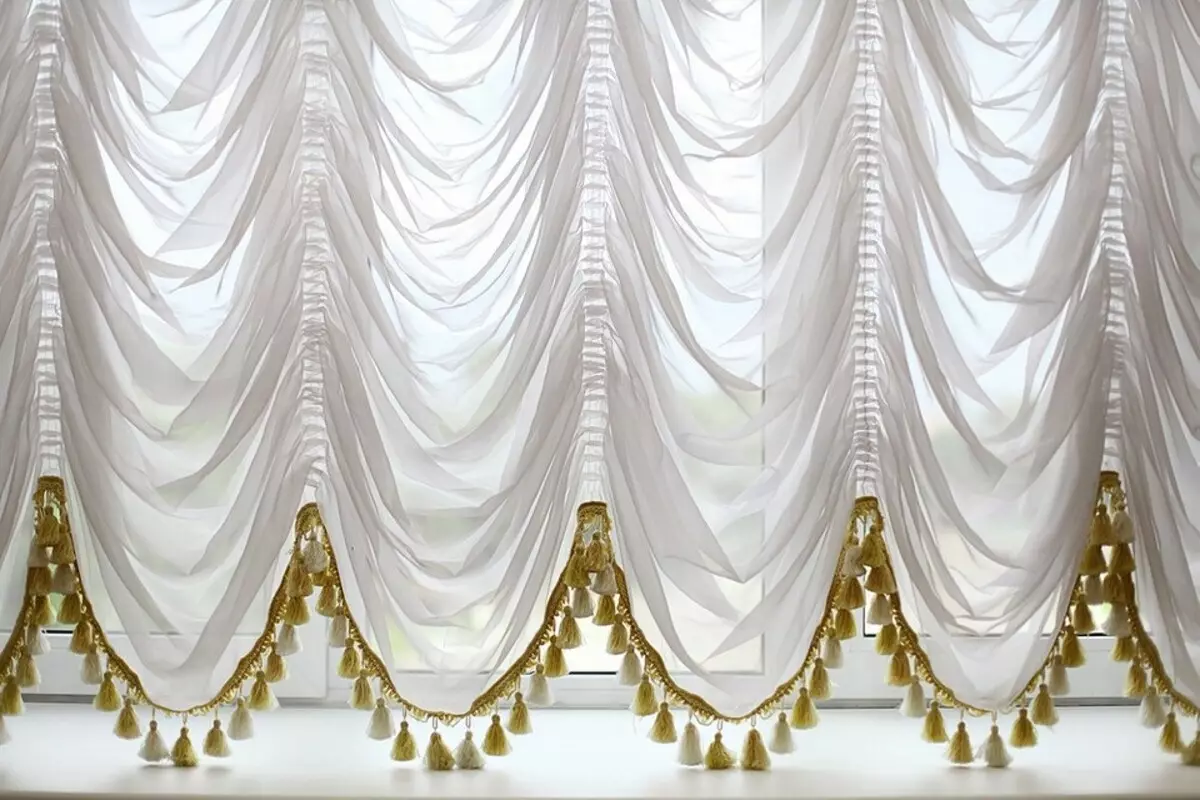
Curtain Marquis is ready, you can hang it on the window.
In the master class, we told how to sew a deiter without a lifting mechanism. If necessary, sew the drapery braid with rings. They produce several adjusting cords, each starts in the rings of one horizontal series. Then they are all adjustable in length and braid into the pigtail. With it, the canvas descends and rises.


